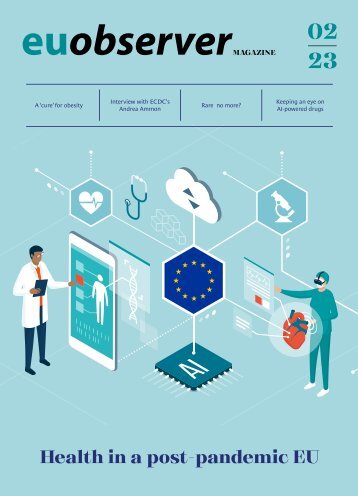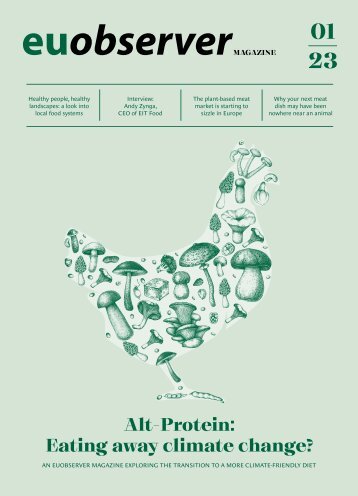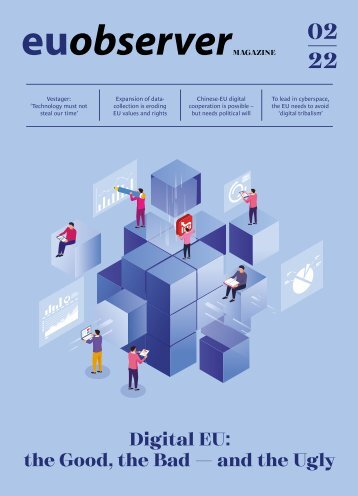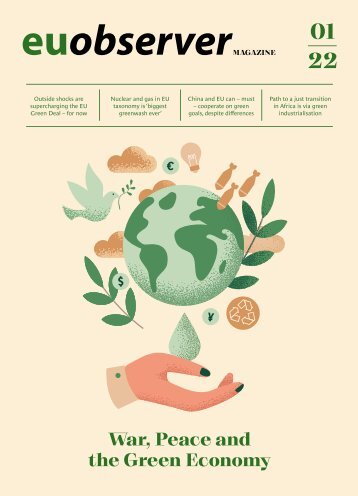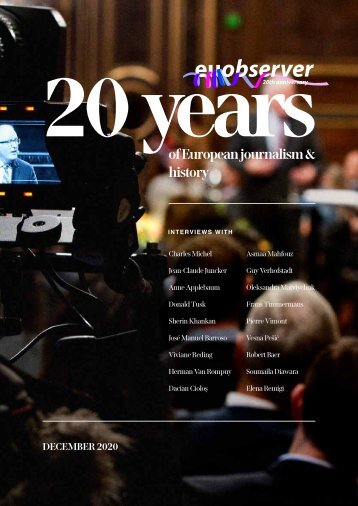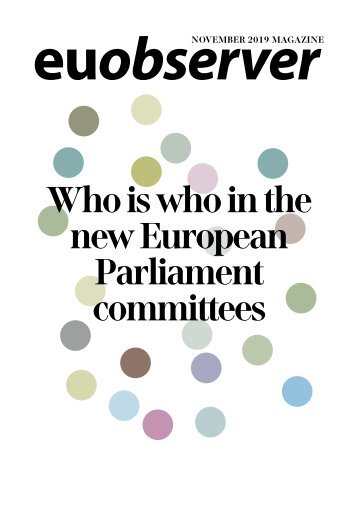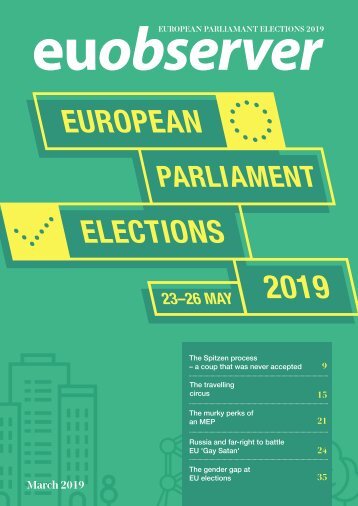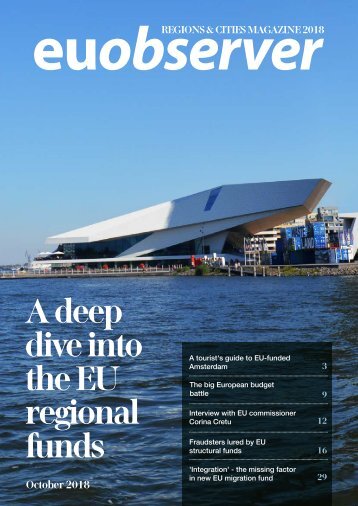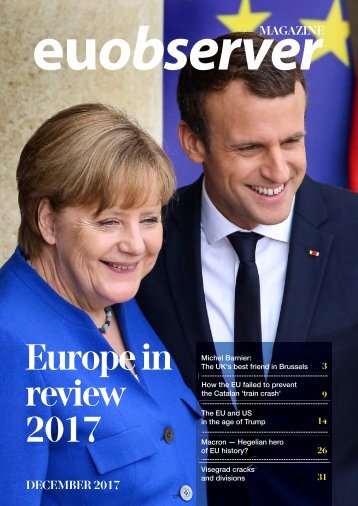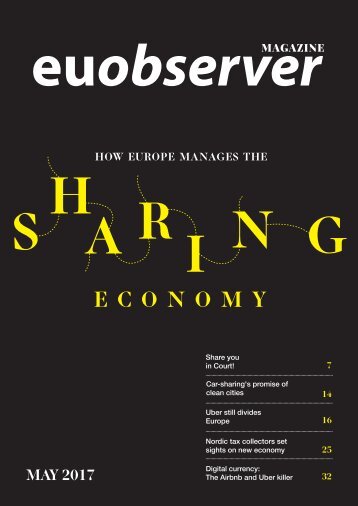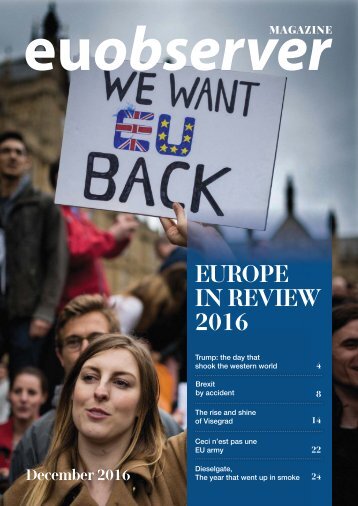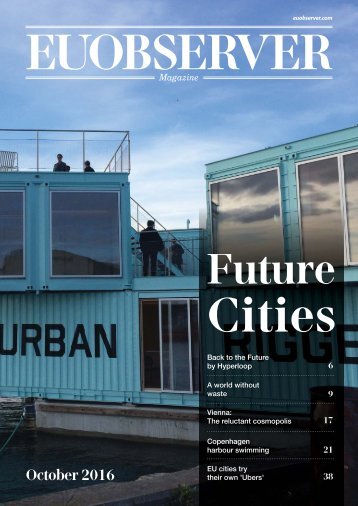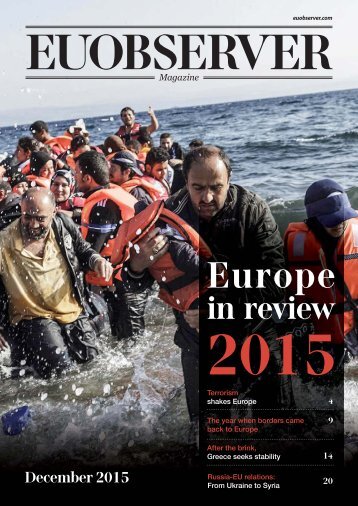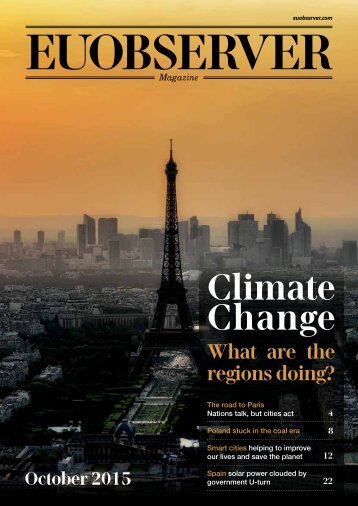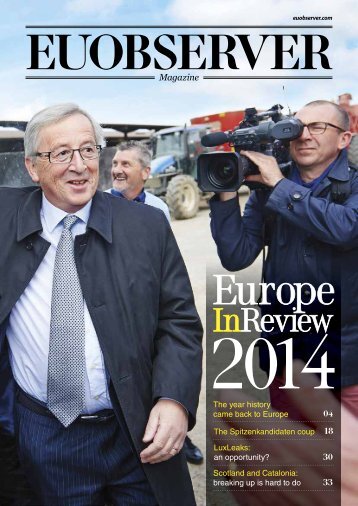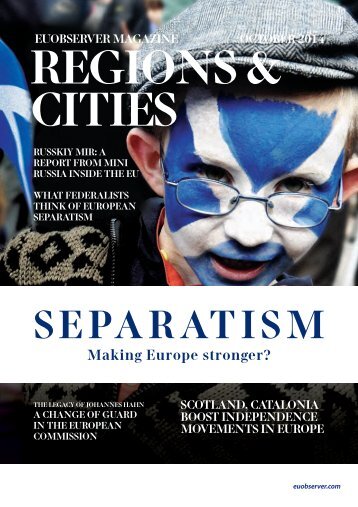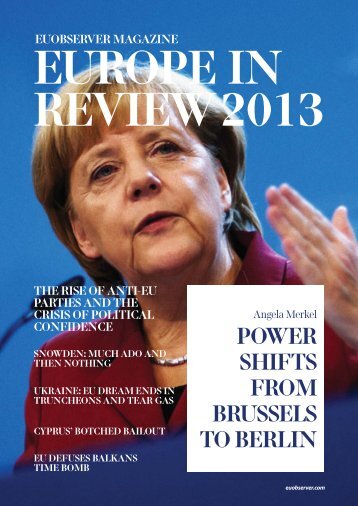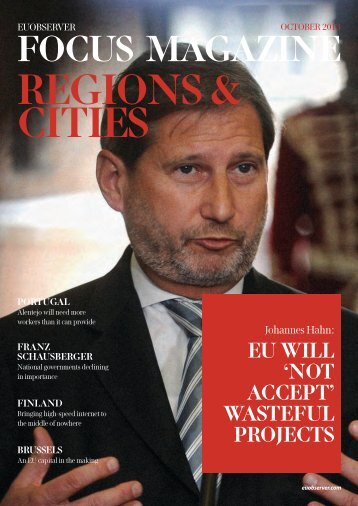Europe in Review 2016
- Text
- Parliament
- Poland
- Hungary
- Visegrad
- Yearbook
- Europe
- Tax
- Luxleaks
- Union
- Politics
- Brexit
Photo: David
Photo: David Martinez Bienkowska told Dobrindt and other transport should start enforcing EU rules instead of moaning about them. “The law is clear enough, and we all know it,” she said, adding that it was up to national authorities to double-check automakers' claims that defeat devices are needed to protect the engine, instead of uncritically accepting the car industry's arguments. the commission decided to prepare legal guidelines to help member states interpret the law on defeat devices, despite having said that the law itself should be enough to challenge car-makers. One consequence of this is that no national authority will take any action before the guidelines proposal has not been dealt with speedily by the two institutions - the European Parliament and the EU Council - whose consent is required. to vote on the proposal in January 2017, several at the EU Council are also taking more time than group told EUobserver to be patient. "It is correct But he added that the timeline is "by no means many developments this year". in the European Parliament's Dieselgate inquiry committee, which aimed to shed light on how the scandal came about. For its legal guidelines to make any sense, the commission needs detailed information from the member states about the cars they have tested. But member states have not been eager to provide this. Witnesses testifying in the committee painted a clear picture of what went wrong - a lack of enforcement by member states, no sense of trust in the car industry. There also has been little progress on legislative measures to make the system of approving cars more robust. In January 2016, the commission had proposed increasing EU oversight, but the In 2017, we will see if those lessons will be applied to improve the system. 26 — EUROPE IN REVIEW DECEMBER 2016
CECI N’EST PAS UNE EU ARMY EU foreign relations chief Federica Mogherini got tired of repeating the phrase “this is not … an EU army”, but 2016 saw France and Germany leap forward on military integration. By Andrew Rettman EU states in November agreed to create a new military to make joint “battlegroups” ready for action. The European Commission also unveiled proposals for a joint military research and procurement fund. The plan so far is a modest one. The headquarters is to command only non-combat military missions, such as training missions. The battlegroups, forces of some 1,000 men made by coalitions of EU countries, are designed to be The proposed fund would spend €500 million a year on research into areas such as robotics and satellites. It would spend €5 billion a year on buying items such as drones and helicopters, but these would be owned by individual member states. The military plan comes amid a mounting sense of insecurity both among Nato generals and the European public. East, where it is bombing Western-backed rebels and civilians, has prompted Nato to deploy a deterrent force of more than 5,000 men in the Baltic and Black A NEW SENSE OF URGENCY Terrorist attacks in Belgium, Germany, and France over the past 12 months have also heightened tension in Europe. The attacks by the Islamic State jihadist group led to a loss of trust in EU governments' abilities to protect handling of the refugee crisis. power, had previously opposed it on grounds that it would compete with Nato. The election of Donald Trump in the US in November a mounting sense of insecurity European public. Photo: Nato EUROPE IN REVIEW DECEMBER 2016— 27
- Page 1 and 2: MAGAZINE EUROPE IN REVIEW 2016 Trum
- Page 3 and 4: Challenging current and future lead
- Page 5 and 6: “American Psycho”, said Liberat
- Page 8 and 9: Photo: Reuters BY ACCIDENT The Brit
- Page 10 and 11: Primary school teacher Rossano Erco
- Page 12 and 13: An EU hotspot in Samos. The EU comm
- Page 14 and 15: THE RISE AND SHINE OF VISEGRAD The
- Page 16 and 17: proposal on “posted workers”, w
- Page 18 and 19: the europhobes that a former commis
- Page 20 and 21: EU LEGITIMACY IN QUESTION From lost
- Page 22 and 23: Trade: Is Europe still open for bus
- Page 24 and 25: Photo: European Parliament Dieselga
- Page 28 and 29: Eurocorps soldiers in front of the
- Page 30 and 31: 2016 in pictures Poland the publi
- Page 32: 32 — EUROPE IN REVIEW DECEMBER 20
Inappropriate
Loading...
Mail this publication
Loading...
Embed
Loading...
